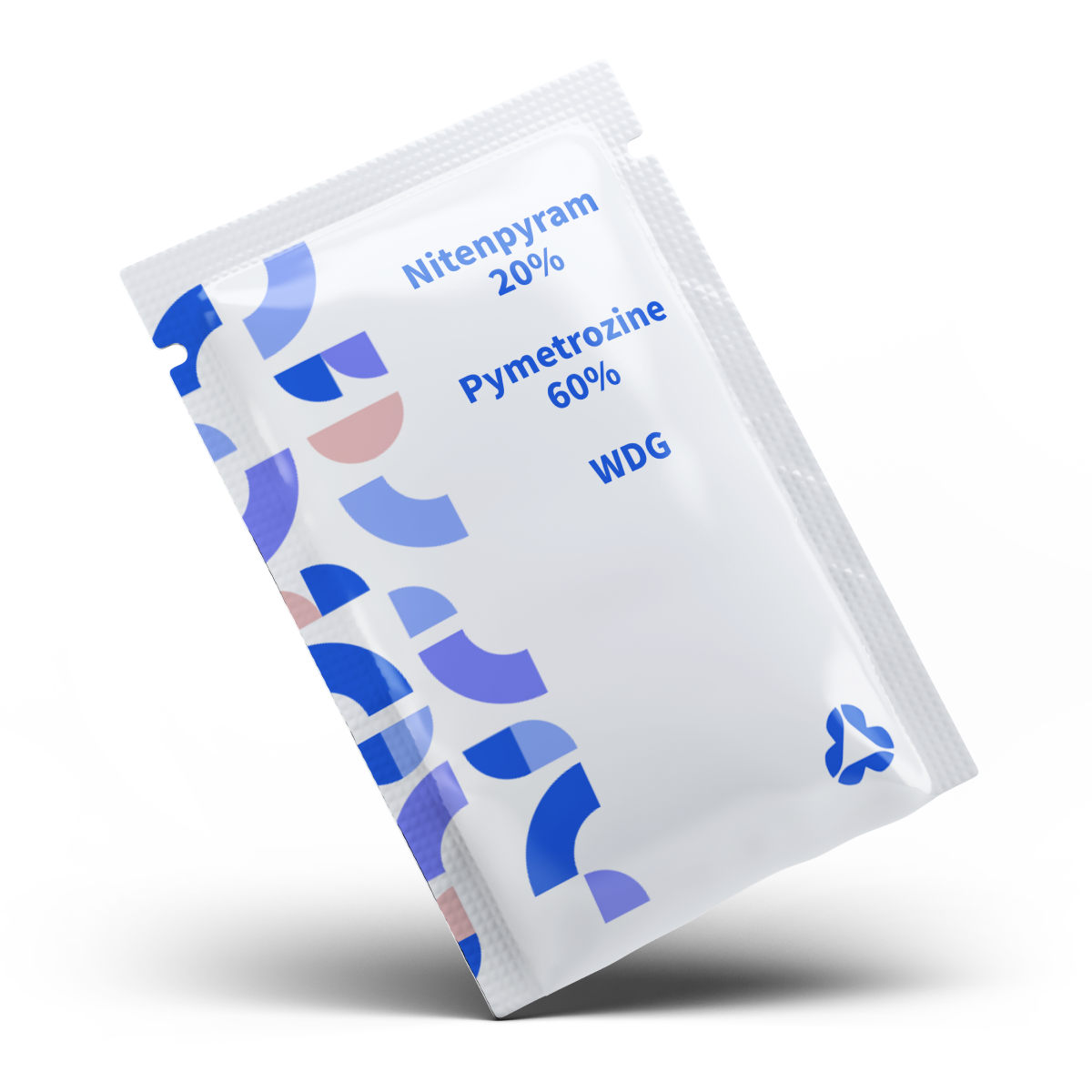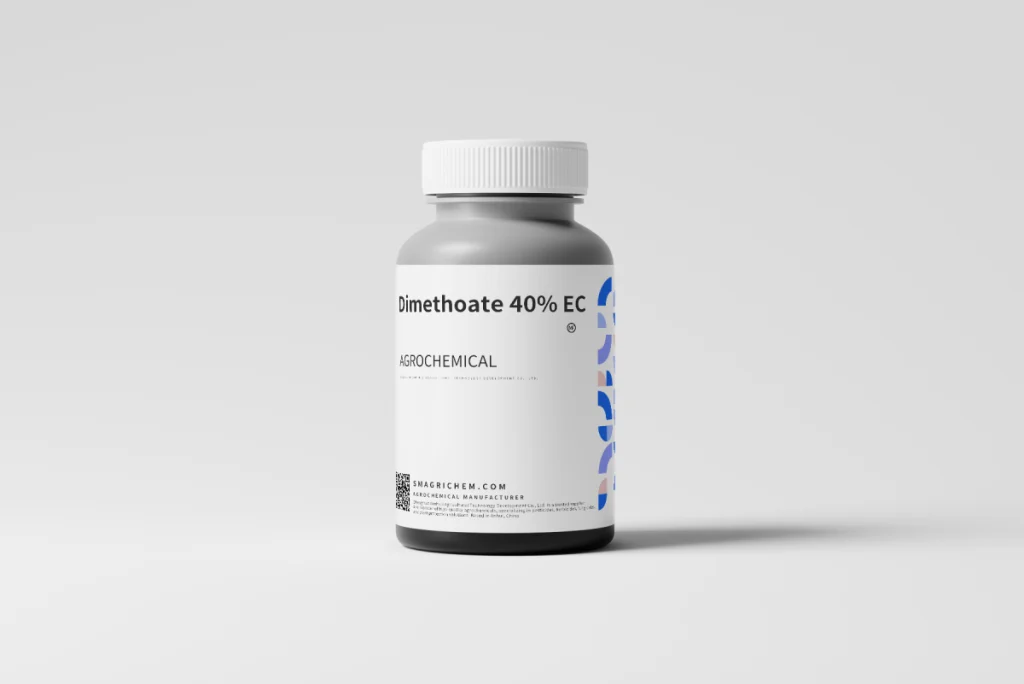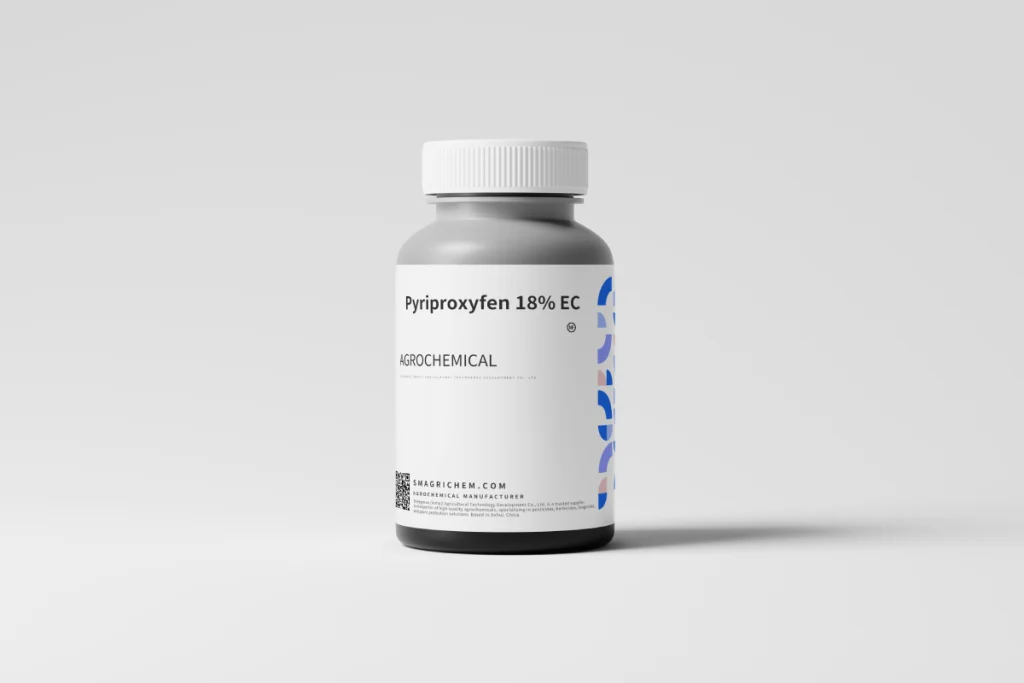Nitenpyram 20% + Pymetrozine 60% WDG (Water-Dispersible Granule) is a premium insecticide formulation combining two complementary modes of action for rapid knockdown and long-term control of sap-sucking pests. Nitenpyram (a neonicotinoid) provides fast neurotoxic activity, while pymetrozine (a pyridine derivative) inhibits feeding and reproduction, creating a dual-action system ideal for resistance management. The WDG formulation offers superior water dispersibility, reduced dusting, and enhanced crop safety compared to emulsifiable concentrates.

Azocyclotin 25% WP Insecticide
Azocyclotin 25% WP is a premium-grade organotin acaricide, expertly formulated to control phytophagous mites across a wide range of crops. Known for its long residual



